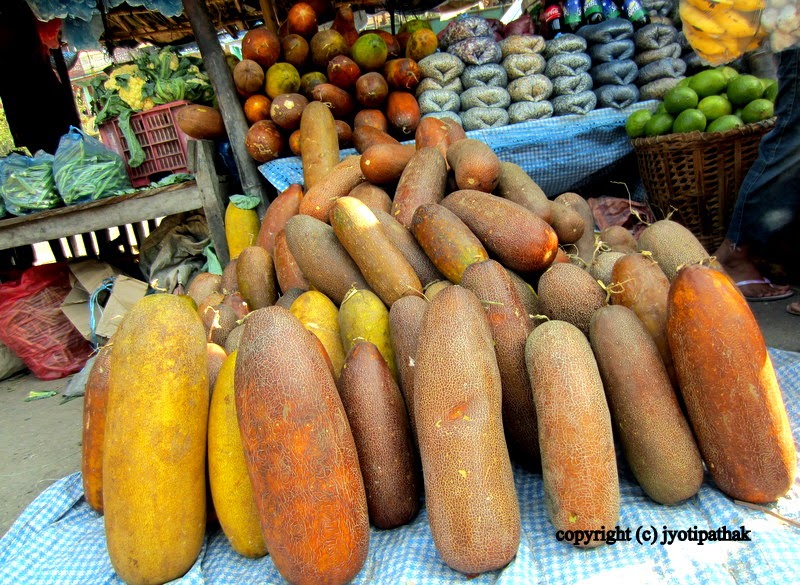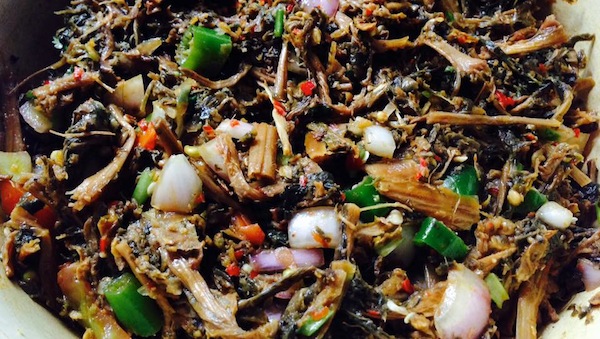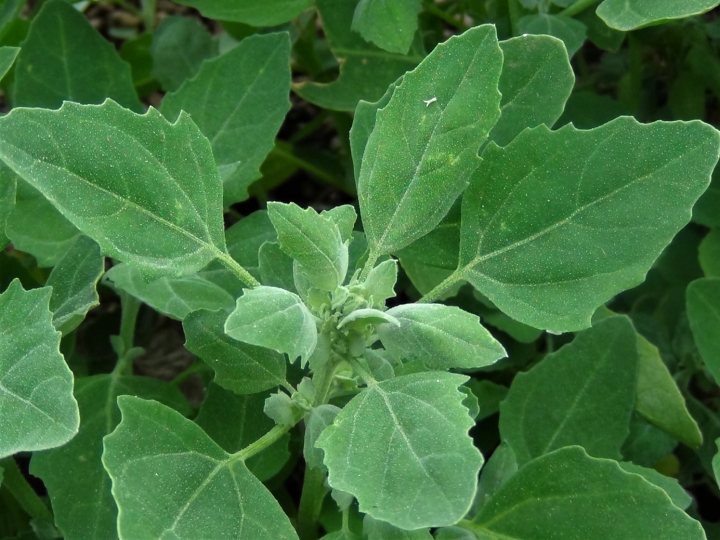What is Khalpi?
Khalpi is a traditional fermented Nepali pickle. The major raw material used is matured, ripe cucumber. The cucumber used for preparing Khalpi usually has brown outer layer and is bigger in size.
Benefits of Khalpi
Khalpi increases digestion and absorption of food and known to be a good appetizer. In Khalpi fermentation, initially, Leuconostoc fallax, L. brevis, and Pediococcus pentosaceus are active and later dominated by L. plantarum. These are all good bacteria which are also known as probiotics. Probiotics are combination of live beneficial bacteria and/or yeasts that are known to exert many health benefits. Khalpi has antimicrobial properties and is also beneficial in diarrhea and constipation.
Economic and Environmental Value of Khalpi
During the season of cucumber, the supply may be higher than demand. Because it is a water rich food, it is highly perishable just as any other green vegetables. If we ferment such excess cucumber, which would otherwise be wasted, it preserves the food and reduces food waste. Reducing food waste has several environmental benefits.
Fermentation of cucumber also gives new texture, flavor, and aroma to the food. It adds another healthy add on to our regular diet.
Cucumber fermentation is efficient as the fermented cucumber do not require cold preservation and thus requires less energy. This is also because, Khalpi preparation is suitable for small scale as well.
How to Prepare Khalpi?
There are two popular ways to prepare Khalpi.
First, mature, and ripened cucumbers are cut into definite sizes and the inner part is removed. Then, it is sundried for 2 days. They are then put into bamboo vessels called dhungroo and sealed. Fermentation is allowed to take place for 4 to 7 days at room temperature. The product can be stored for about a week in an airtight container. The Khalpi pickle is done preparing after mixing with mustard oil, chilies, and salt.
Another method, the cucumber is washed; sliced lengthwise; the inner soft portion removed; cut into pieces (5–8 cm); mixed with rapeseed powder, red chili powder, turmeric powder, and salt; and heated with mustard oil. The mixture is transferred to an earthen or glass pot, covered with cloth or lid, and allowed to ferment 3 days before the Khalpi is ready for use. It is preferred to eat for 3-5 days. It can be stored in room temperature and eaten within 7 days.




